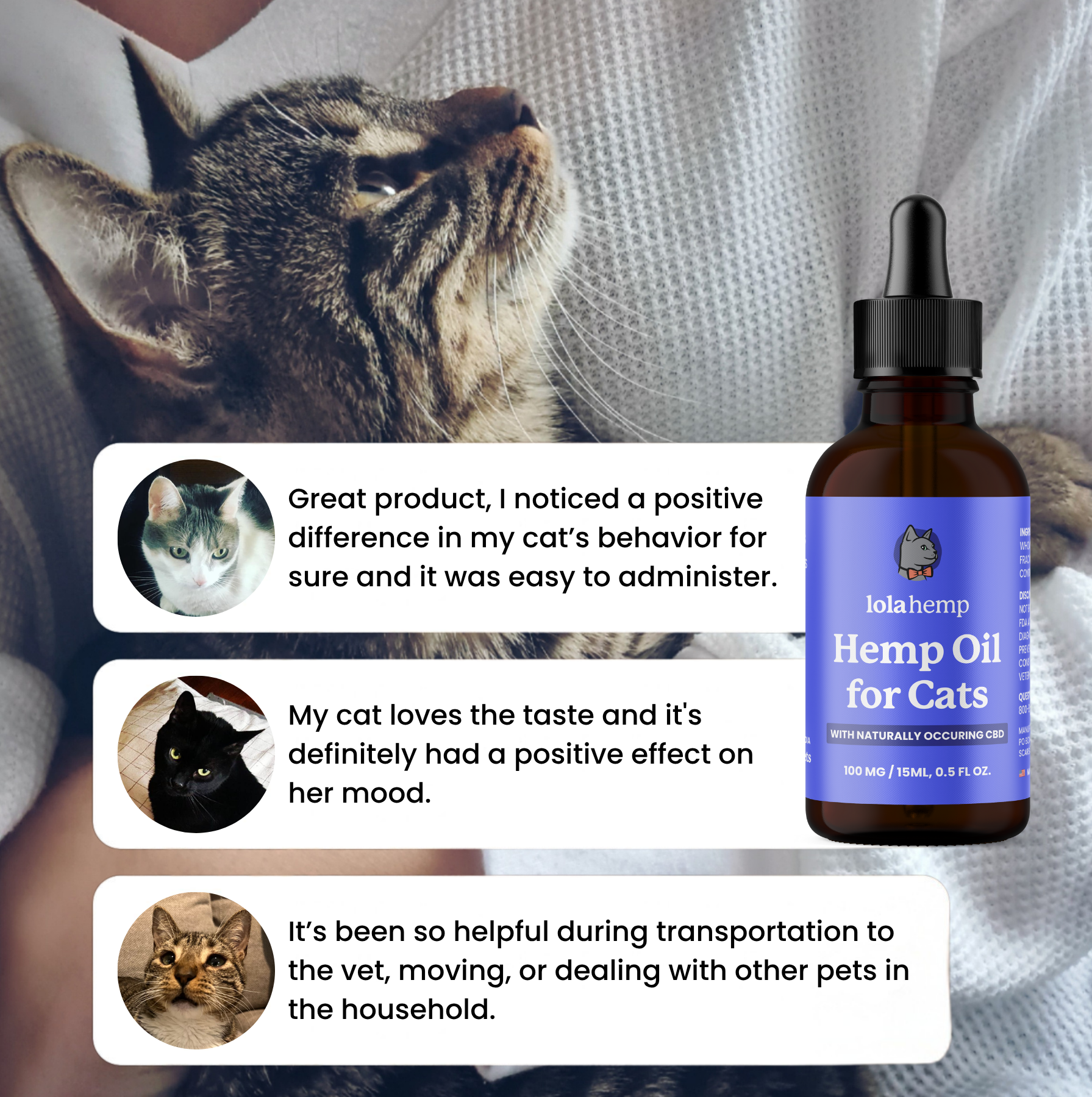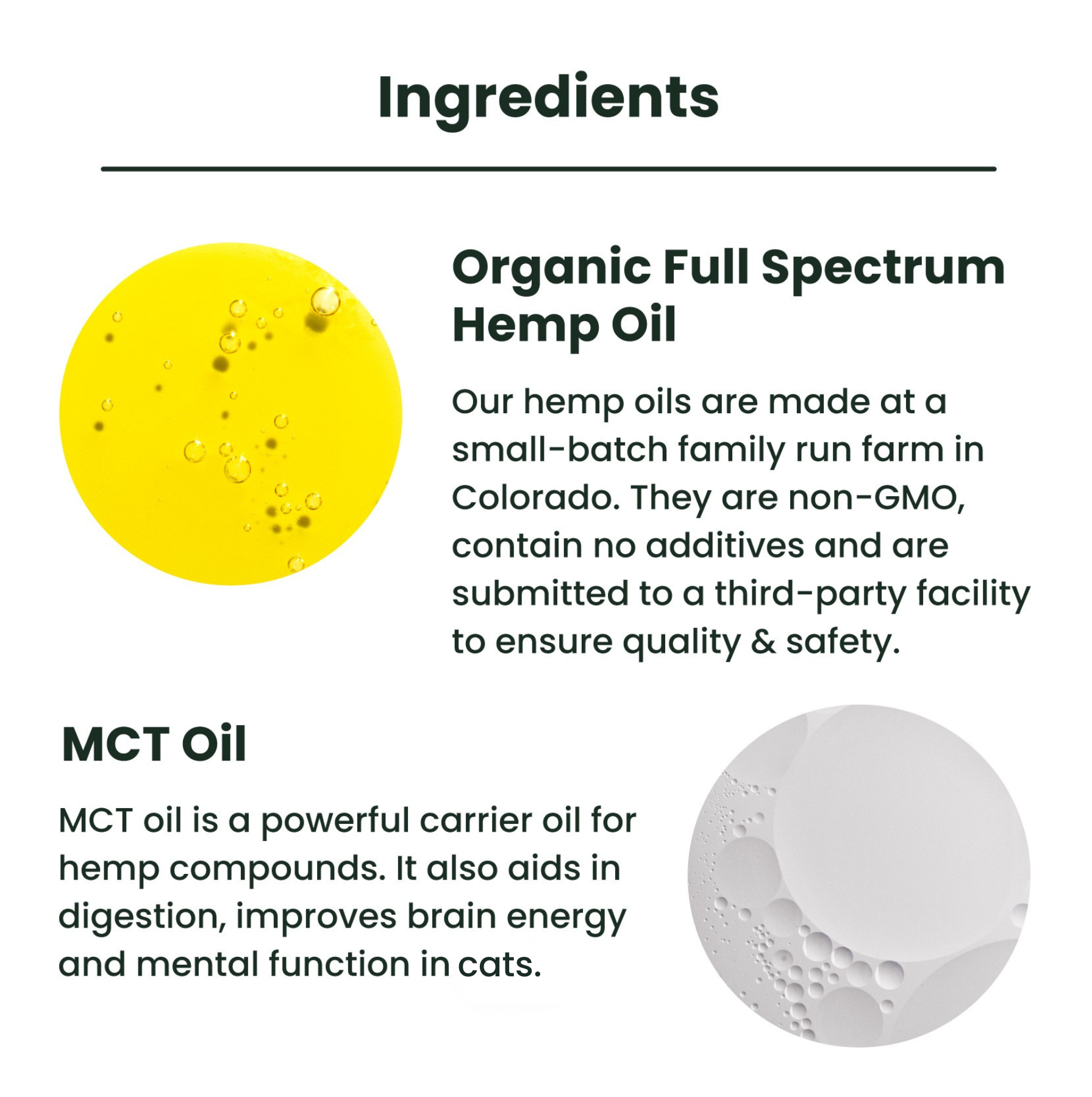Feline sleep is incredibly important - which is why cats snooze for up to 18 hours per day!
A cat twitching in sleep could have a seizure disorder or deeper issues for you to investigate. This article clearly and concisely covers what to look out for, when it's an issue, and potential options to help your furry friend sleep more soundly and peacefully.
Whether your cat twitches as they're falling asleep, or they actually jerk while they're deep in REM sleep, you probably don't have much to worry about. "Probably" is the key word, though.

Is Cat Twitching in Sleep Normal?
It's very common for cats to twitch in their sleep, particularly during REM (Rapid Eye Movement) sleep. During REM sleep, cats, like humans, experience vivid dreaming, and their brains are highly active. This can cause involuntary muscle movements such as:
-
Twitching of the paws, whiskers, or ears.
-
Leg or tail twitching.
-
Small, jerking movements of their body,
-
Mild vocalizations.
These movements are typically a harmless sign that your cat is dreaming. It's even normal to see your cat sleeping with eyes open and twitching! Unusual as it sounds, cats just have a different way of doing things than we humans do.
However, if the twitching appears excessive, involves the entire body, or is accompanied by other unusual symptoms such as vocalizations or loss of coordination, it might be a sign of a medical issue (e.g., seizures) and should be evaluated by a veterinarian.
Kitten Twitching in Sleep: Very Normal
Cats, especially young kittens, tend to twitch more during sleep. As they age, the frequency of these movements may decrease, but it remains a normal part of the sleep cycle. In fact, it’s a sign that their nervous system is developing properly. Here’s why:
-
REM Sleep: Kittens spend a significant portion of their sleep in the REM stage, where dreaming occurs. Twitching, such as movements in their paws, whiskers, or tails, is common during this time.
-
Neurological Development: Twitching helps stimulate and develop their motor skills and neural pathways as they grow.
As long as the twitching is limited to sleep and doesn’t involve symptoms like stiffness, excessive trembling, or difficulty waking, it’s completely normal. If you notice unusual or persistent movements when the kitten is awake, consult a veterinarian.
Feline Hyperesthesia Syndrome
Feline Hyperesthesia Syndrome (FHS), also known as "twitchy cat syndrome" or "rippling skin disorder," is a rare and poorly understood condition in cats. It is characterized by episodes of intense behavior changes, including:
-
Twitching or Rippling Skin: The cat may exhibit sudden, jerking movements or skin ripples, usually along the back.
-
Sudden Episodes of Agitation: Cats with FHS may become hyperactive, chasing or attacking their own tail or body.
-
Excessive Grooming or Biting: Some cats might lick or bite at their skin excessively, often in the area where the skin ripples occur.
-
Vocalization: Cats may make unusual vocalizations during episodes, which could indicate pain or distress.
-
Hiding or Shyness: Some cats may retreat or appear unusually fearful before or after an episode.
Some resources claim that this is the cause of sleep seizures in cats, although the prevailing belief is that FHS typically doesn't affect sleeping cats. Cats with FHS might twitch in their sleep, although no more than is usual for all healthy cats.
Does Cat Sleep Twitching Mean Seizures?
No, cat sleep twitching does not necessarily mean seizures. Twitching during sleep is normal for cats, especially during the REM (rapid eye movement) phase, where they may move their paws, whiskers, or tail and even make small sounds.
This natural behavior is typically a sign of dreaming and is not usually a cause for concern. If the movements seem excessive, prolonged, or are accompanied by other unusual symptoms, consulting a veterinarian is recommended.
What Are Sleep Seizures in Cats?
Sleep seizures in cats are involuntary episodes of abnormal brain activity that occur during sleep. Unlike normal twitching or dreaming, seizures are often more intense, involving stiff limbs, jerking movements, drooling, or vocalizations.
These episodes may be accompanied by a sudden waking or disorientation afterward. If you suspect your cat is experiencing sleep seizures, it's important to consult a veterinarian for proper diagnosis and treatment.
Clear Signs of Sleep Seizures in Cats vs. Twitching in Their Sleep
There is a clear difference between seizures and sleep twitching in your cat. Generally speaking, twitches in sleep are small and sporadic whereas seizures are intense and rhythmic.
A brief bout of intense jerks during your cat's sleep cycle is not uncommon, and it's probably not related to seizures. Watch for consistent jerking over a period of time, and confirm that it's happening regularly over the course of days and weeks.
If you notice consistent convulsions during your cat's sleep, contact your veterinarian. That said, a few jerks here and there from a dreaming cat are nothing to worry about.
Twitching Cats (Normal Dreaming):
Normal sleep twitches in cats are characterized by small movements, flicks, relaxed breathing, and an ability to wake up quickly. Some or all of the following symptoms may be present.
-
Small, sporadic movements, like paw flexing or ear flicking.
-
Accompanied by relaxed breathing or soft noises, like chirps or purring.
-
Cat remains easily rousable if gently woken.
Sleep Seizures in Cats:
Seizures during a cat's sleep are characterized by more intense jerking, a regularity to the movements, stiffened limbs, drooling, vocalizations, uncontrolled urination or defecation, and even a difficulty waking up. Seizures may cause one or more of these symptoms, but not necessarily all of them.
-
Intense, rhythmic jerking or paddling of the legs.
-
Stiffened limbs or body, often accompanied by vocalizations or drooling.
-
Cat appears disoriented or unresponsive after the episode ends.
-
Involuntary chomping
-
Uncontrolled urination or defecation
-
Difficulty waking up
REM Sleep in Cats: Understanding the Twitching
REM (Rapid Eye Movement) sleep is an essential phase of a cat's sleep cycle associated with dreaming and mental restoration. During this phase, the brain remains highly active, even though the body is almost limp to prevent us (and our cats!) from acting out our dreams in the physical world.
Twitching in REM sleep happens because certain motor neurons remain active, allowing minor movements like paw twitches, whisker flicks, or even vocalizations. These are normal and often reflect the brain's engagement in dream-related activity.

Frequently Asked Questions about Sleep Twitching in Cats
Below are answers to some of the most commonly asked questions about twitching cats and sleep seizures in cats.
Should I Wake My Cat Up if It's Twitching?
No need to wake your cat up if it's twitching during sleep. It’s likely just normal sleep-related twitching, and waking them could disrupt their rest.
-
Only intervene if the twitching seems excessive or accompanied by other concerning symptoms, like drooling or odd behavior.
-
If unsure, monitor the twitching and consult a vet if you're worried
Why Do Cats Twitch in Sleep?
Cats twitch in their sleep because they experience REM (Rapid Eye Movement) sleep, a phase where their brains are highly active, and they may dream. This can cause muscle twitches or small movements as they process dreams.
-
It's totally normal, and most cats experience this while resting deeply.
-
It’s similar to how humans might twitch or talk in their sleep.
Should I Worry About My Cat Twitching? If so, Why?
Occasional twitching during sleep is usually nothing to worry about, but if it's frequent, intense, or followed by other strange behaviors, it could signal a health issue like a seizure or feline hyperesthesia syndrome.
-
Keep an eye on the pattern of twitching—if it’s abnormal or comes with other signs, consult your vet.
-
A sudden increase in twitching or other symptoms like disorientation or loss of coordination could be cause for concern.
What are Clear Signs of Sleep Seizures in Cats?
Sleep seizures in cats can appear similar to twitching, but they often involve more intense or irregular movements. Look for signs like uncontrollable jerking, stiffening of the body, or loss of consciousness.
-
Seizures may cause the cat to lose balance, fall over, or paddle its legs.
-
If your cat shows unusual symptoms during sleep, like twitching that doesn’t stop or worsens, it’s a good idea to consult your vet.
What if I See Particularly Unusual Twitching?
If you notice twitching that seems out of the ordinary, especially if it’s prolonged or involves stiff movements, it could be a sign of something more serious. In these cases, it’s best to monitor the behavior and contact your vet for advice.
-
Keep track of the frequency, duration, and type of twitching.
-
Unusual twitching may indicate conditions like seizures, muscle spasms, or neurological issues, so it's important to have a professional evaluate your cat.
Conclusion: Should You Worry About Cat Twitching?
Fortunately, the good news is that most cats twitch in their sleep. Plus, cats dreams occur most times they snooze, so there's a chance that your cat is just chasing mice in their sleep.
Your very sleepy kitty is likely just fine unless you notice really unusual behavior. The not as good news is that if your cat's twitching is accompanied by intense rhythmic jerking, defecation, drooling, or an inability to wake up quickly, the behavior could be a cause for concern.
As always, if you're unsure, you should call your veterinarian for a proper inspection.









